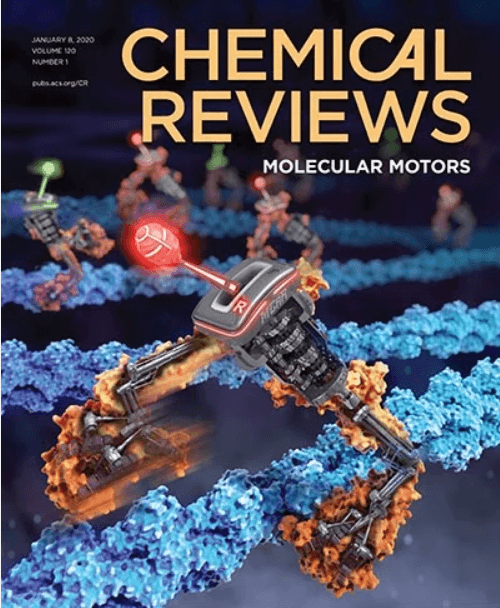Soft Biological Actuators for Meter-Scale Homeostatic Biohybrid Robots
IF 51.4
1区 化学
Q1 CHEMISTRY, MULTIDISCIPLINARY
引用次数: 0
Abstract
Skeletal muscle’s elegant protein-based architecture powers motion throughout the animal kingdom, with its constituent actomyosin complexes driving intra- and extra-cellular motion. Classical motors and recently developed soft actuators cannot match the packing density and contractility of individual muscle fibers that scale to power the motion of ants and elephants alike. Accordingly, the interdisciplinary fields of robotics and tissue engineering have combined efforts to build living muscle actuators that can power a new class of robots to be more energy-efficient, dexterous, and safe than existing motor-powered and hydraulic paradigms. Doing so ethically and at scale─creating meter-scale tissue constructs from sustainable muscle progenitor cell lines─has inspired innovations in biomaterials and tissue culture methodology. We weave discussions of muscle cell biology, materials chemistry, tissue engineering, and biohybrid design to review the state of the art in soft actuator biofabrication. Looking forward, we outline a vision for meter-scale biohybrid robotic systems and tie discussions of recent progress to long-term research goals.

用于米级自稳态生物混合机器人的软生物驱动器
骨骼肌优雅的蛋白质结构为整个动物王国的运动提供动力,其组成的肌动球蛋白复合物驱动细胞内和细胞外的运动。传统的马达和最近开发的软致动器无法与单个肌肉纤维的堆积密度和收缩性相匹配,而这些肌肉纤维可以为蚂蚁和大象的运动提供动力。因此,机器人技术和组织工程的跨学科领域已经联合起来努力建立活体肌肉驱动器,可以为新型机器人提供动力,使其比现有的电机驱动和液压驱动的机器人更节能、更灵巧、更安全。从伦理上和规模上这样做──用可持续的肌肉祖细胞系制造出一米级的组织结构──激发了生物材料和组织培养方法的创新。我们将讨论肌肉细胞生物学、材料化学、组织工程和生物混合设计,以回顾软致动器生物制造的最新进展。展望未来,我们概述了米级生物混合机器人系统的愿景,并将最近进展的讨论与长期研究目标联系起来。
本文章由计算机程序翻译,如有差异,请以英文原文为准。
求助全文
约1分钟内获得全文
求助全文
来源期刊

Chemical Reviews
化学-化学综合
CiteScore
106.00
自引率
1.10%
发文量
278
审稿时长
4.3 months
期刊介绍:
Chemical Reviews is a highly regarded and highest-ranked journal covering the general topic of chemistry. Its mission is to provide comprehensive, authoritative, critical, and readable reviews of important recent research in organic, inorganic, physical, analytical, theoretical, and biological chemistry.
Since 1985, Chemical Reviews has also published periodic thematic issues that focus on a single theme or direction of emerging research.
 求助内容:
求助内容: 应助结果提醒方式:
应助结果提醒方式:


